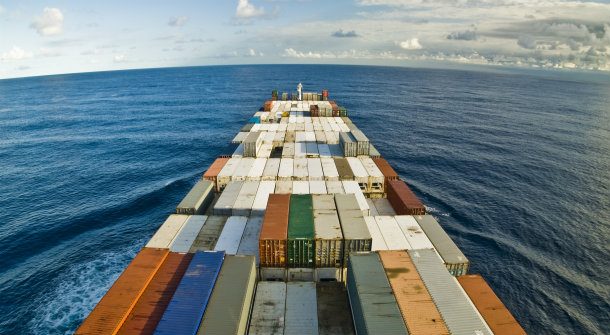Given that the textile and clothing
sector is the largest provider of employment, second only to agriculture,
creating a whopping 4.5 crore jobs across the nation, both the textile as well
as the commerce ministries are on the lookout for new strategies in an attempt
to boost the exports..
Currently the Indian textile exports
are heavily dependent on the developed nations i.e. the US & EU nations.
However, the center is planning to attract the exporters to new markets, which
have a great potential in store, such as Africa. This will subsequently help in
expanding the geographical spread of the Indian textile and garment supplies. While this move may not show instant results,
it will definitely help the Indian markets in the long run.








